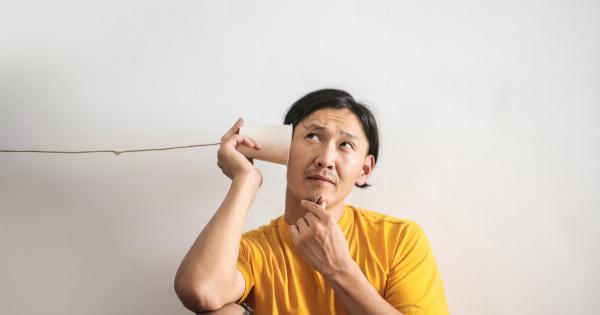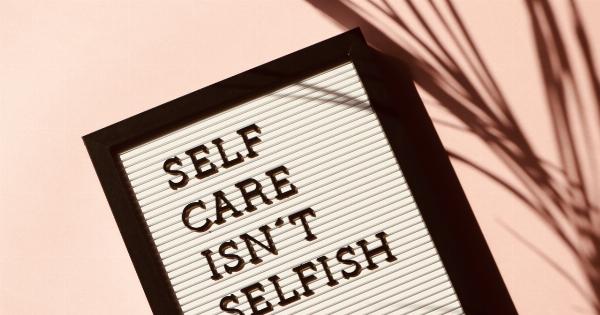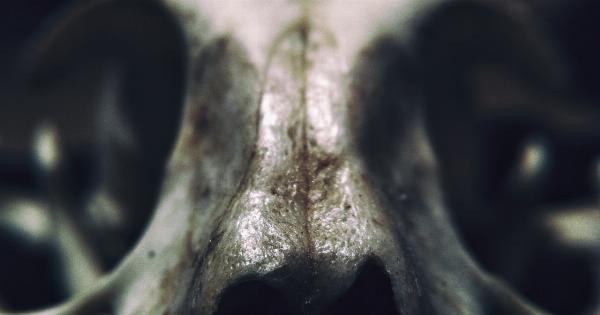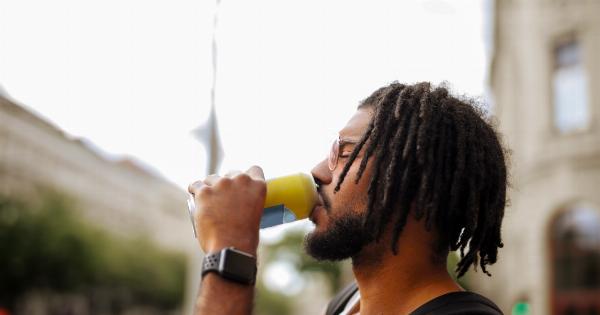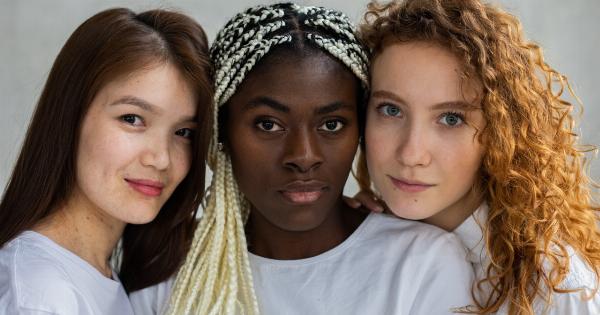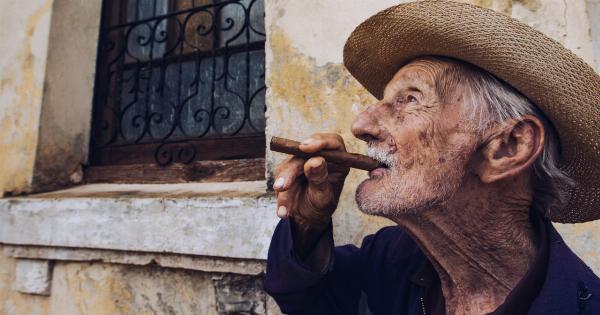Monogamy is a concept deeply rooted in human relationships and has been the subject of numerous studies and debates.
While cultural and societal factors play a significant role in shaping monogamous behavior, some researchers argue that male anatomy may also have an influence. In this article, we will explore the link between male anatomy and monogamy, delving into both evolutionary and biological perspectives.
Evolutionary Perspective
From an evolutionary standpoint, monogamy can be seen as a strategy to increase the survival of offspring.
By staying committed to a single partner, males can ensure that their genetic material is passed on to their children and that they are actively involved in their upbringing.
One hypothesis suggests that male anatomy is conducive to monogamous behavior due to the unique shape and length of the penis in humans. Compared to other primates, the human penis is relatively long and possesses a pronounced glans.
These anatomical features may indicate the adaptation for sperm competition, where a male’s sperm competes with the sperm of other males already present in the female reproductive tract.
According to this theory, monogamy in humans has evolved as a result of sexual selection.
Females seeking a monogamous partner may have favored males with longer and more elaborate penises, as they would provide a higher chance of successful sperm competition. This preference for longer penises may have led to the development of monogamous behavior in males as a way to secure their reproductive success.
Biological Perspective
On a biological level, the hormone oxytocin has been linked to monogamous behavior in both males and females.
Oxytocin, often referred to as the “love hormone,” is released during intimate bonding experiences, such as sexual activity and childbirth. It creates a sense of attachment, trust, and loyalty between partners.
In males, the release of oxytocin plays a crucial role in forming long-term pair bonds. Studies have shown that men in monogamous relationships have higher oxytocin levels compared to those who engage in non-monogamous relationships.
This suggests that the hormone’s presence may contribute to the male inclination towards monogamy.
Furthermore, the male brain undergoes chemical and structural changes when engaged in monogamous relationships.
The neurotransmitter dopamine, responsible for pleasure and reward, is released in higher amounts when individuals are in love or heavily attached to their partners. This dopamine surge reinforces the desire to maintain the monogamous relationship, making it a rewarding and fulfilling experience.
Social and Cultural Influences
While evolutionary and biological factors may provide insight into the connection between male anatomy and monogamy, it is essential to acknowledge the role of social and cultural influences.
Society’s norms and expectations, religious beliefs, and personal values significantly shape individuals’ behaviors and choices regarding monogamous relationships.
For example, in cultures where monogamy is greatly valued and encouraged, individuals may feel a stronger inclination to engage in exclusive partnerships, regardless of their biology or anatomy.
Additionally, personal beliefs and values can override any predispositions conferred by male anatomy, leading individuals to prioritize monogamy in their relationships.
Conclusion
While the link between male anatomy and monogamy is a complex subject, it is evident that both evolutionary and biological factors play a role in shaping monogamous behavior.
The shape and length of the penis in humans, as well as the release of oxytocin and dopamine in the male brain, have been suggested to contribute to the inclination towards monogamy.
However, it is crucial to recognize that social and cultural influences can override any predispositions conferred by male anatomy.
Ultimately, the decision to engage in monogamous relationships is a result of a combination of biological, evolutionary, and sociocultural factors.




